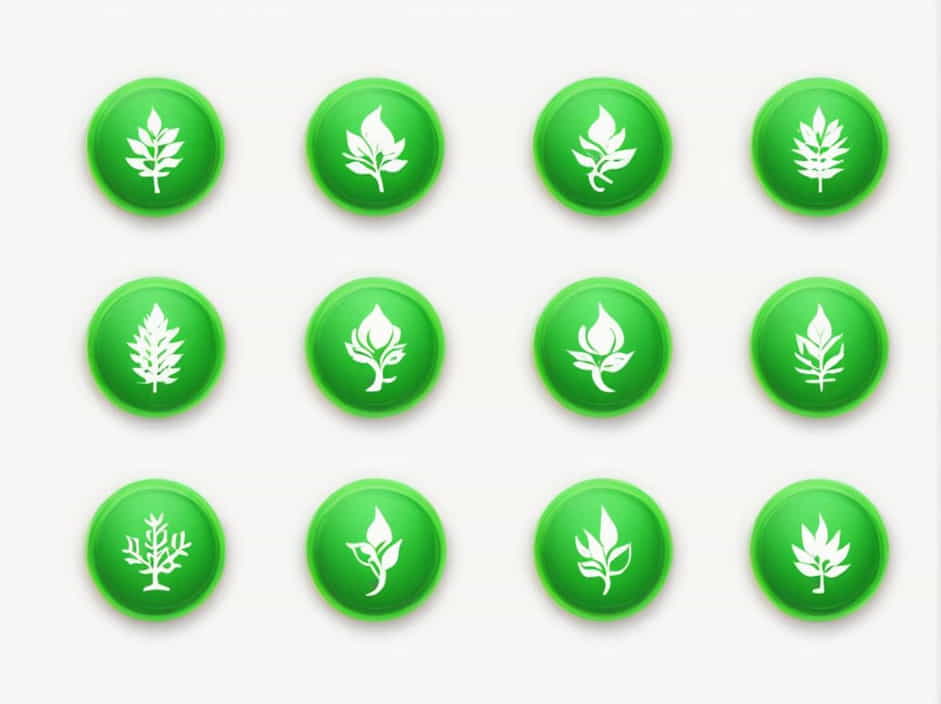Algae are often referred to as plant-like organisms, but they are not true plants. While they share many similarities with plants, such as photosynthesis and chlorophyll, they also have unique characteristics that set them apart.
In this topic, we will explore why algae are considered plant-like, their similarities and differences with plants, and their ecological importance.
1. What Are Algae?
✔ Algae are simple, photosynthetic organisms found in various aquatic environments.
✔ They can be unicellular (single-celled) or multicellular, forming colonies or large seaweeds.
✔ Unlike plants, most algae lack roots, stems, and leaves.
2. Similarities Between Algae and Plants
Algae are considered plant-like because they share several key characteristics with plants:
A. Photosynthesis
✔ Both algae and plants use photosynthesis to produce energy.
✔ They contain chlorophyll, a green pigment that captures sunlight and converts it into food.
B. Chloroplasts
✔ Algae have chloroplasts, just like plant cells, where photosynthesis takes place.
C. Oxygen Production
✔ Algae play a vital role in oxygen production, contributing to about 50% of the Earth’s oxygen.
✔ They absorb carbon dioxide (CO₂) and release oxygen (O₂), just like plants.
D. Cell Walls
✔ Some algae have cell walls made of cellulose, similar to plant cell walls.
3. Differences Between Algae and Plants
While algae share some features with plants, they also have important differences:
A. No True Roots, Stems, or Leaves
✔ Unlike plants, algae do not have roots, stems, or leaves.
✔ Instead, they absorb nutrients directly from water.
B. Diverse Pigments
✔ While most plants are green due to chlorophyll, algae come in various colors:
- Green algae (Chlorophyta) – Contain chlorophyll a and b.
- Red algae (Rhodophyta) – Contain phycoerythrin, giving them a red color.
- Brown algae (Phaeophyta) – Contain fucoxanthin, making them brown.
C. Habitat
✔ Plants mostly grow on land, while algae live in water (freshwater, saltwater, and even damp environments).
D. Reproduction
✔ Many algae reproduce both sexually and asexually, while most plants reproduce sexually through seeds or spores.
4. Types of Plant-Like Algae
A. Green Algae (Chlorophyta)
✔ The most similar to plants.
✔ Found in freshwater and marine environments.
✔ Example: Chlorella, Volvox, Spirogyra.
B. Brown Algae (Phaeophyta)
✔ Mostly marine algae, often large in size.
✔ Example: Kelp, Sargassum.
C. Red Algae (Rhodophyta)
✔ Found in deep ocean waters.
✔ Used in food products like agar and carrageenan.
✔ Example: Porphyra (used in sushi nori).
5. Importance of Algae in the Ecosystem
A. Oxygen Production
✔ Algae are primary oxygen producers in oceans and lakes.
B. Food Source
✔ They serve as food for aquatic organisms like fish and crustaceans.
C. Industrial and Commercial Use
✔ Used in biofuel, cosmetics, medicine, and food products.
Algae are considered plant-like because of their ability to photosynthesize, presence of chlorophyll, and contribution to oxygen production. However, they differ from plants in structure, habitat, and reproduction. These unique characteristics make algae essential to both the environment and human life.
